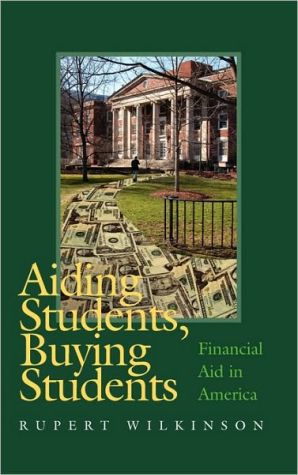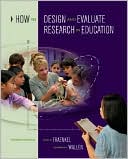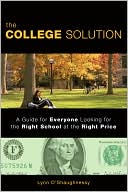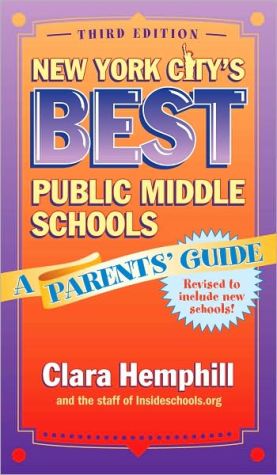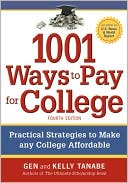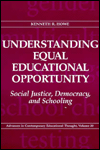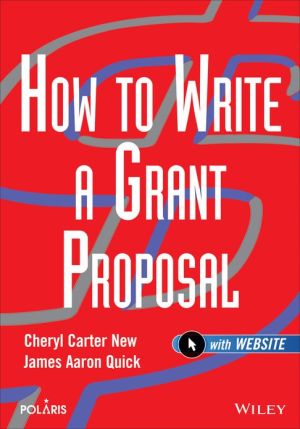Aiding Students, Buying Students: Financial Aid in America
From the first scholarship donated to Harvard in 1643 to today's world of "enrollment management" and federal grants and loans, the author gives a lively social and economic history of the conflicting purposes of student aid and makes proposals for the future. His research for this book is based on archives and interviews at 131 public and private institutions across the United States.\ In the words of Joe Paul Case, Dean and Director of Financial Aid, Amherst College, "Wilkinson has mined...
Search in google:
A social and economic history of the conflicting purposes of student aid, based on archival research and interviews at 131 public and private institutions across the US. Wilkinson, a historian who has taught at the U. of Sussex, UK, as well as at Brandeis, Smith, and Wesleyan, finds that many qualified young people are not going to college because they can't afford it and don't want to carry the burden of such a large debt. Yet the financial payoffs of a college education have risen, widening the economic gulf between college graduates and others. Wilkinson recommends a number of reforms to reverse regressive trends in financial aid. Annotation ©2006 Book News, Inc., Portland, OR
Prologue : a gift goes awry1Pt. IThe American way of student aid1Setting the record straight92Aid in history : who got it, what shaped it283Enter Uncle Sam46Pt. IIThe way of elite colleges4The roots of student aid655Merit and "self-help"976Seeking equity and order1117Choosing the best1298New strategies1429Containing the market164Pt. IIIReforming the system175App. 1The case of the charitable price fixers : U.S. v. Brown University et al.195App. 2Research strategy and limits202App. 3Interviews and archive research by state and institution207App. 4Watch your language : a glossary of financial aid219
\ From the Publisher\ The media, higher education leaders, state and federal policy makers, administrators all will benefit from Wilkinson's analysis. \ --Lawrence E. Gladieux, Former Washington Director, The College Board\ . . . engaging and comprehensive . . . Bringing past, present, and future together in the concluding chapter, Wilkinson summarizes the lessons of three and one-half centuries and succinctly outlines the messages they hold for the continuing story of student financial aid in the United States.\ --History of Education Quarterly\ . . . insightful . . . Wilkinson's timely, readable, and even entertaining book contains rich appendixes, a glossary, notes, and bibliography. It deserves reading and discussion by college administrators, higher education officials, and public policy makers. . . . Highly recommended.\ --Choice\ . . . a superb history of student-aid policies and practices in a dynamic environment influenced by social, cultural, economic, and political forces.\ -- Academe\ With an understanding of budgetary processes and pressures, this book explores how aid developed in America and plays out for students and schools alike. Through an engaging narrative the book's author blends stories with data. Don't be daunted by the fact that the first chapter begins in 1641--this is not a dry recounting of dates and events. Rather, in noting the conflicting purposes of student aid, the book connects past people and events to present ideas and practices.\ --University Business\ \ \
